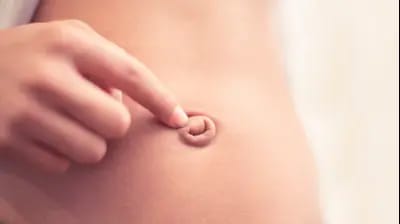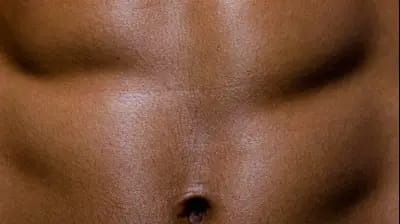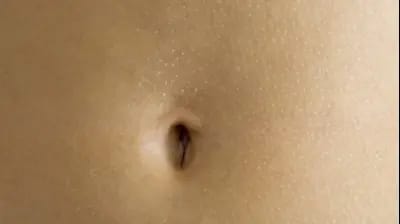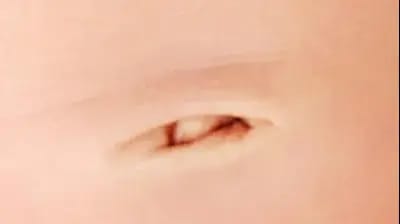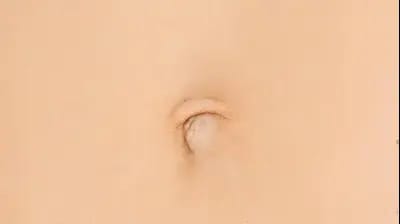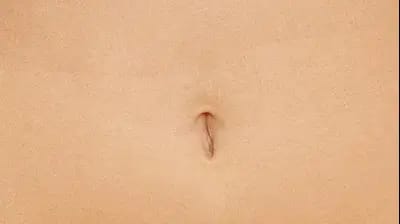Unveiling the six navel types: What they reveal about you

Experts claim that one body part could be a major personality indicator: the navel. Here's what your navel may reveal about you.
While your navel might not be a feature you flaunt, it carries hidden secrets that can offer fascinating insights into your character. Surprisingly, this small indentation or protrusion can hint at whether you'll make an ideal life partner and even foreshadow your lifespan.
Several navel experts swear by this theory, rooted in Chinese mythology.
German psychologist Gerhard Reibmann, the author of "Centered: Understand Yourself Through Your Navel," your belly button might unveil your expected lifespan.
Some peculiar medical conditions can alter the appearance of your navel, primarily in children or infants. The NHS (British National Health Service) points out that umbilical hernias, common in babies and premature infants, can create a painless lump in or around the navel. It may become more pronounced during activities like laughing, coughing, crying, or using the restroom, but it often resolves itself before a child's first birthday.
Although no scientific evidence supports the notion that your navel shape predicts your temperament or lifespan, it remains an intriguing theory worth exploring. So, while it's not set in stone, if you're curious about what these experts have to say, read on:
The Protruding Navel (Umbilical Hernia)
This navel type is prevalent in infants and young children, evolving as they grow. In youth, it is known as an umbilical hernia and can resemble a lump in the abdominal area, typically painless.
A protruding navel in adulthood indicates a resilient, extroverted, and optimistic character who craves the spotlight. These individuals possess the determination to persevere in pursuit of their goals. They weigh their beliefs and opinions carefully and stand by them. While finding a compatible partner may take time, their relationships tend to be enduring and serious.
Average life expectancy: 72 years.
The Shaded Navel
This navel type may exhibit a shadow beneath the navel's fold, resembling an open mouth for some. It often occurs in individuals with excess abdominal fat.
This navel shape signifies a modest and even-tempered individual with a compassionate heart and a reserved, shy demeanor. They tend to keep their life troubles to themselves.
Average life expectancy: 81 years.
The Slim Navel
A narrow and thin navel suggests a self-assured, generous, and emotionally stable personality. Many covet this aesthetically pleasing navel shape and even resort to cosmetic procedures to attain it.
Over the years, research in the Annals of Plastic Surgery has revealed this as the most common navel type.
Average life expectancy: 75 years.
The Horizontal Navel
This navel spreads sideways across the stomach, reflecting a complex and highly emotional personality. People with this navel type don't readily grant trust but consider it a significant gesture when they do. Their guiding principle is treating others as they themselves wish to be treated.
Also known as a T-type belly button, it differs from the deep navel as the upper part of the skin almost entirely covers the opening.
Average life expectancy: 68 years.
The Swinging Navel
A person sporting this unique navel shape craves adventure, experiences frequent mood swings, and possesses a highly sensitive and dramatic disposition.
Average life expectancy: 70 years.
The Egg-shaped Navel
An egg-shaped navel indicates a hyperactive and sensitive personality. Those with this navel type tend to take things too seriously, resulting in easy hurt feelings, which they often keep to themselves. They're characterized by impatience and a tendency to grow bored quickly.
Average life expectancy: 65 years.
Jerusalem Post Store
`; document.getElementById("linkPremium").innerHTML = cont; var divWithLink = document.getElementById("premium-link"); if (divWithLink !== null && divWithLink !== 'undefined') { divWithLink.style.border = "solid 1px #cb0f3e"; divWithLink.style.textAlign = "center"; divWithLink.style.marginBottom = "15px"; divWithLink.style.marginTop = "15px"; divWithLink.style.width = "100%"; divWithLink.style.backgroundColor = "#122952"; divWithLink.style.color = "#ffffff"; divWithLink.style.lineHeight = "1.5"; } } (function (v, i) { });

